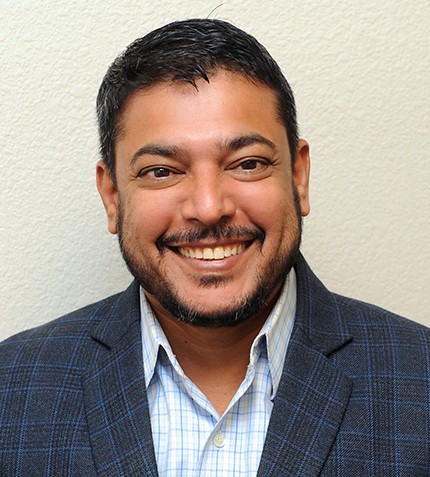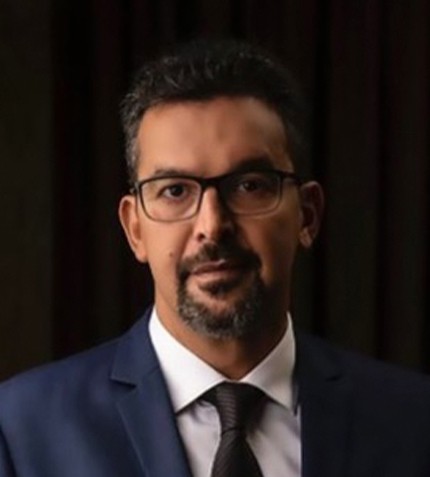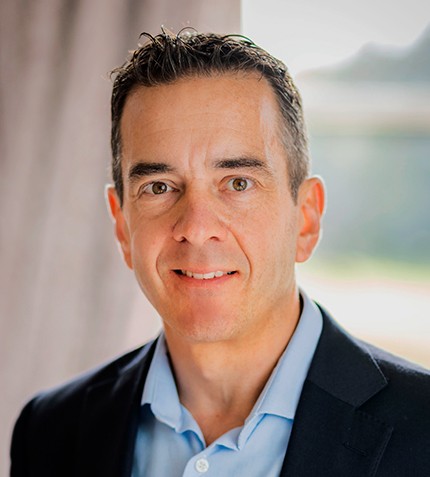
"Nivagen has excellent connections and market access, and we are always looking to in-license FDA-approved products that leverage our expertise in launching in the US market."
Jay Shukla
PRESIDENT AND CEO, NIVAGEN PHARMACEUTICALS, INC.
How has Nivagen navigated supply chain challenges that emerged as a result of the pandemic?
We continue to see an increase in freight costs, delays in shipping and added challenges to logistics in general. We started keeping at least four to six months of additional inventory in our warehouse. We are now also carrying more API inventory to generate the product, however many buyers in the US are still not willing to accept the resulting price increases. This has forced us to either work at lower margins or sometimes to even discontinue certain products – this is what we call gross margin pressure due to increased cost.
Another challenge we faced was that the FDA was not inspecting any facilities, so we have approvals that are on hold right now. We hope that in 2022 both logistics and FDA challenges will improve. Nivagen leverages worldwide partnerships with FDA-approved manufacturing facilities.
In which ways has the generics landscape evolved over the past couple of years?
Generics have been prevalent in the US for a long time, but in the past few years competition has increased so much that margins are eroding. We see a lot of companies going out of business due to the tremendous price pressure on manufacturer margins and turnaround times. Paradoxically, there is a consolidation of wholesalers on the buying side while there are thousands of manufacturers on the selling side. This imbalance causes manufacturers to work at much lower margins than wholesalers, retailers and intermediaries. Thankfully Nivagen mostly carries mature products that have already bottomed out, and we were able to raise funds in 2020. This liquidity allowed us to continue doing our R&D work and expand our pipeline. We are building a robust team that can collaborate creatively to generate new products.
Is Nivagen planning for continued growth in 2022?
The US generics market is growing rapidly, however, it is highly complex and fragmented which often makes it difficult for companies to access. Nivagen has excellent connections and market access, and we are always looking to in-license FDA-approved products that leverage our expertise in launching in the US market.
We are currently in the process of completing our 100,000 sq ft, state-of-the art manufacturing unit here in California. We ordered our machinery in 2021 and are expecting it by July. Our target is to start making batches by Q1 2023. We are also focusing on our 505(b)(2) programs, where we are exploring improving or extending the lifecycles of existing therapies. We are also working on vertically integrating all our products – all the way from APIs to commerce. Our plan is to continue to manufacture our own products and work as a CMO for other companies having supply chain difficulties.
With our R&D lab in Davis, Nivagen is developing injectables, ophthalmic products, emulsions for generics, and 505(b)(2)s. I cannot yet share the names of these products, but we are hoping to get approvals on two injectable products by the end of April 2022, which would mean very exciting summer launches this year. Our overarching goal, however, is to improve the healthcare of millions of people by delivering generic prescription and OTC drugs in North America.
Is Nivagen looking for partners or investment to fund R&D operations?
Most of our investments come from equity funding, fundraising and our existing operations. We are going to raise another round of funding later this year; we are targeting another US$30 million dollars to help us with our facility build-out, as well as adding new products to the pipeline, which includes product acquisition and licensing. Having said all of that, we do work with partners and are open to working with strategic investors, including other pharma companies, private equity firms, or foreign investors.
How is Nivagen coping with skilled labor shortages?
Nivagen is conveniently located near the University of California, Davis, which has a solid chemistry program that allows us to hire local graduates. Being in the Bay Area and close to San Francisco and universities like UCSF, UC Berkley, Stanford and Northstate, to name a few, also enables us to source process engineers locally. However, when it comes to production, we sometimes must look outside the country and have had to become visa sponsors to bring in the talent that will eventually train our local graduates. For the most part though, we try to hire locally.










